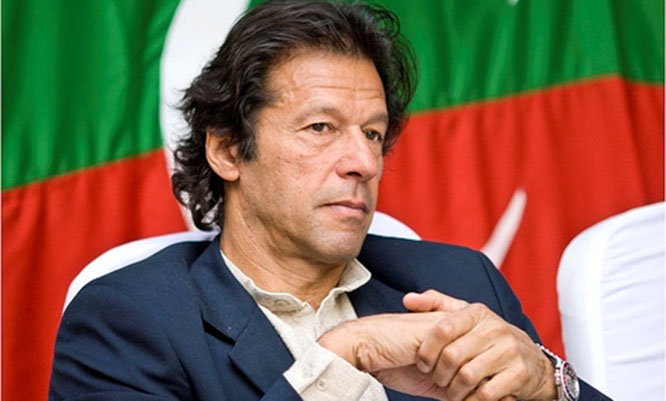Malappuram, Jan 18: In a shocking revelation, a 17-year-rape survivor here has disclosed that she had been allegedly sexually abused by 38 people during the past few months. The teenager's ordeal came to light during a counselling session at a Nirbhaya centre recently, police said.
The minor girl had been sexually abused in 2016 when she was 13 and then a year later. After the second incident, she was sent to the Child Home and allowed to go with her mother and brother about a year ago.
According to Mohammed Haneefa, Circle Inspector of Police, the girl was missing for sometime after she was released from Child Home and was traced from Palakkad in December last and brought to the Nirbhaya centre.
During counselling sessions, she informed the Nirbhaya authorities about the series of sexual abuses and molestation she had been exposed to.
Almost all the accused, who were charged with various crimes, including sexual abuse, have been arrested and remanded to judicial custody, the police officer told PTI.
The Malappuram CWC president Shajesh Bhasker said the CWC has taken all legal and logical steps to ensure the safety of the child, when she was released from the Child Home, about a year ago.
"The decision was taken by our five-member committee and in consultation with the Child Protection Officer. This was done in tune with the Juvenile Justice Act, which says institutionalising a POCSO survivor should be the last priority."
"They are supposed to be sent out with their parents to ensure their protection as well as enabling restoration to society," Shajesh Basker told PTI.
He said the CWC has been acting with utmost good faith and intentions. But there are some flaws in the after-care and follow up of POCSO survivors once they are released in the custody of their parents or relatives, who undertake to protect them, he said.
The Child Welfare Committee (CWC) is the statutory body for ensuring the rights and addressing the needs of the children in need of care and protection.
CWCs have been empowered as the competent authority to take reasoned decisions in the matter of children in need of care and protection.







Comments
Add new comment